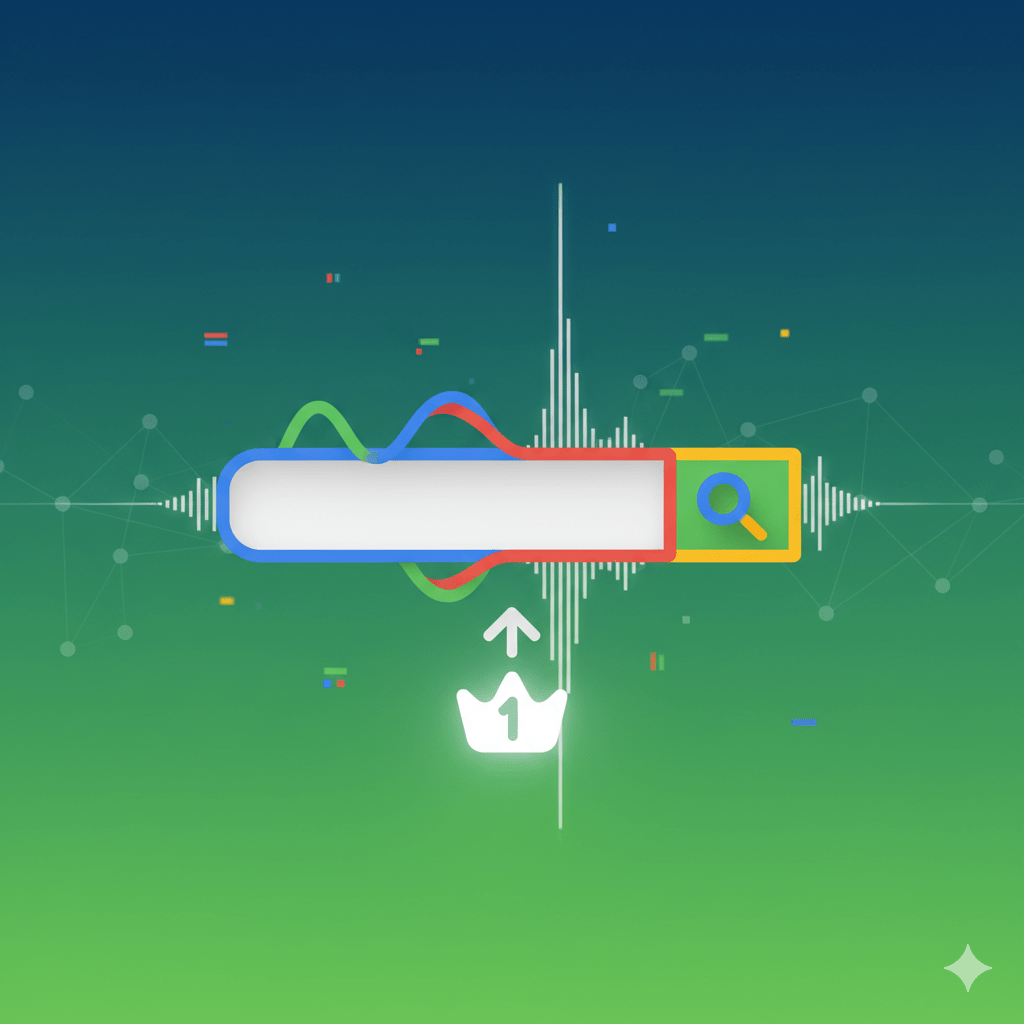
Introduction to SEO: Your Gateway to Organic Traffic
Have you ever wondered why some websites appear in the first position on Google while others remain invisible on page 10? The answer lies in three letters that can transform your digital presence: SEO.
Search Engine Optimization is not magic, it’s applied science in digital marketing. And mastering it can be the difference between having a website that no one finds and becoming the reference in your sector.
What is SEO Really?
SEO is the set of techniques and strategies designed to improve your website’s visibility in the organic results of search engines. In simple terms: it’s making Google (and other search engines) understand that your content is valuable and deserves to be in the top positions.
🎯 Why is it so important?
- 93% of online experiences begin with a search engine
- 75% of users never go past the first page of results
- Organic traffic has a 16% conversion rate vs 2% for paid traffic
- It’s sustainable: once positioned, you maintain visibility without paying for each click
The Three Fundamental Pillars of SEO
1. 🏗️ Technical SEO: The Foundation of Your Digital House
Before thinking about content, your website must be technically solid:
Loading Speed
- Goal: less than 3 seconds loading time
- Tools: Google PageSpeed Insights, GTmetrix
- Impact: each additional second reduces conversions by 7%
Mobile Experience
- 60% of searches are from mobile devices
- Google uses “Mobile-First Indexing”
- Your website must be responsive and functional on all devices
Structure and Navigation
- Clean and descriptive URLs
- Logical information architecture
- Breadcrumbs to facilitate navigation
- Updated XML sitemap
2. 📝 On-Page SEO: The Art of Optimizing Your Content
This is where your creativity meets strategy:
Keyword Research
- Identify what your audience searches for
- Analyze search intent (informational, commercial, transactional)
- Free tools: Google Keyword Planner, Ubersuggest
- Find the balance between search volume and competition
Content Optimization
- Title (H1): Only once per page, include main keyword
- Meta Description: 150-160 characters, attractive and with call-to-action
- Headings (H2, H3, H4): Clear hierarchical structure
- Keyword density: Natural, without keyword stuffing (2-3%)
Image Optimization
- Descriptive alternative text (ALT)
- Relevant file names
- Compression for loading speed
- Appropriate format (WebP recommended)
3. 🌐 Off-Page SEO: Building Your Digital Authority
Your online reputation is built outside your website:
Strategic Link Building
- Quality links > quantity of links
- Look for authoritative sites in your sector
- Diversify your link sources
- Internal links to distribute authority
Social Signals
- Active presence on social media
- Share valuable content
- Generate genuine engagement
- Although not a direct factor, they influence indirectly
Key Ranking Factors Today
🚀 Core Web Vitals
Google measures user experience with three metrics:
- LCP (Largest Contentful Paint): ≤ 2.5 seconds
- FID (First Input Delay): ≤ 100 milliseconds
- CLS (Cumulative Layout Shift): ≤ 0.1
🧠 E-A-T: Experience, Authoritativeness, Trustworthiness
- Experience: Demonstrate practical knowledge
- Authoritativeness: Recognition in your sector
- Trustworthiness: Accurate and updated information
🤖 Artificial Intelligence and SEO
- Google uses AI (RankBrain, BERT, MUM) to understand queries
- Focus on search intent, not just keywords
- Content must answer real user questions
Essential Tools to Get Started
Free (Essential)
- Google Search Console: Your direct connection with Google
- Google Analytics: Measure results and behavior
- Google PageSpeed Insights: Speed optimization
- Google Keyword Planner: Keyword research
Freemium (Very Useful)
- Ubersuggest: Competitor and keyword analysis
- Answer The Public: Content ideas based on questions
- Google Trends: Temporal search trends
Premium (For Professionals)
- Ahrefs: Complete backlink and competitor analysis
- SEMrush: Comprehensive SEO and marketing suite
- Screaming Frog: Advanced technical auditing
Common Mistakes You Should Avoid
❌ The “Cardinal Sins” of SEO
- Keyword Stuffing: Saturating content with keywords
- Duplicate Content: Google penalizes repetition
- Low-Quality Links: Buying spam links
- Ignoring Mobile Search: 60% of traffic is mobile
- Irrelevant Content: Doesn’t match search intent
- Generic Meta Descriptions: You lose CTR opportunities
- Confusing URL Structure: Makes indexing difficult
SEO as a Long-Term Investment
📊 What to Expect and When
- First 3 months: Technical improvements, new content indexing
- 3-6 months: First ranking improvements
- 6-12 months: Significant results in organic traffic
- 12+ months: Consolidated ROI and sustained growth
💡 Marathoner Mindset, Not Sprinter
SEO requires patience and consistency. It’s not a sprint, it’s a marathon where consistency beats sporadic intensity.
Conclusion: Your SEO Journey Starts Now
SEO may seem overwhelming at first, but like any valuable skill, it’s mastered step by step. You don’t need to be perfect from day one; you need to be consistent and strategic.
Every optimized page, every quality link obtained, every technical improvement implemented, is a step towards the visibility your business deserves.
🚀 Your Next Step
Choose one single action from this guide and do it today. It could be installing Google Search Console, optimizing your homepage title, or writing an article focused on a specific keyword.
SEO rewards action over perfection.